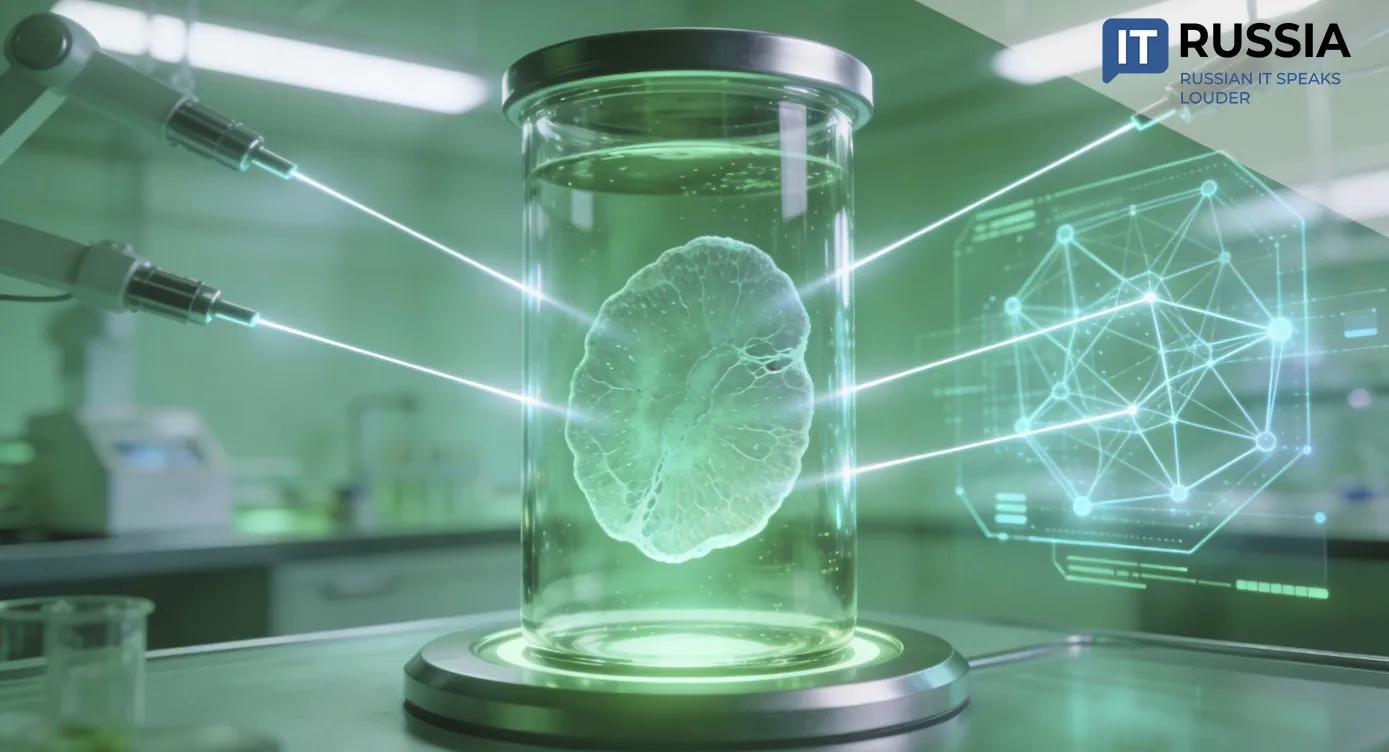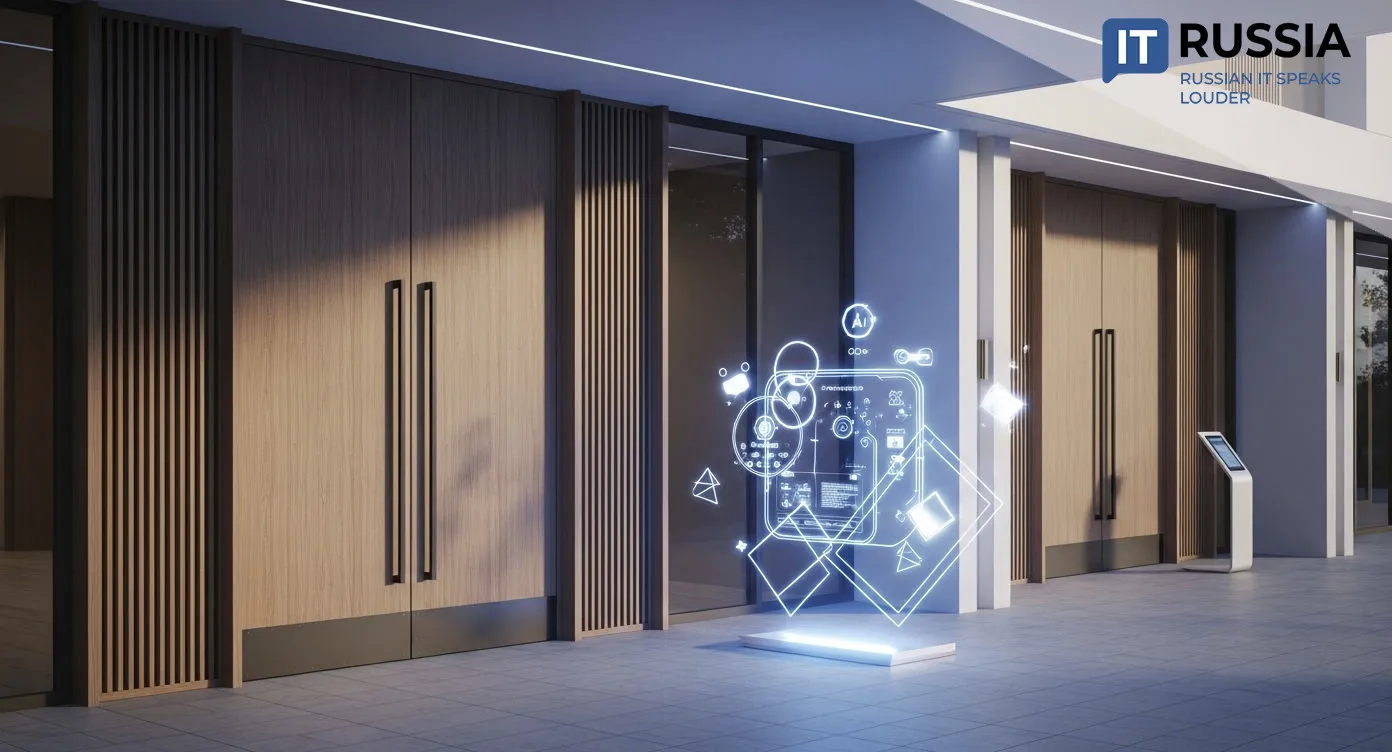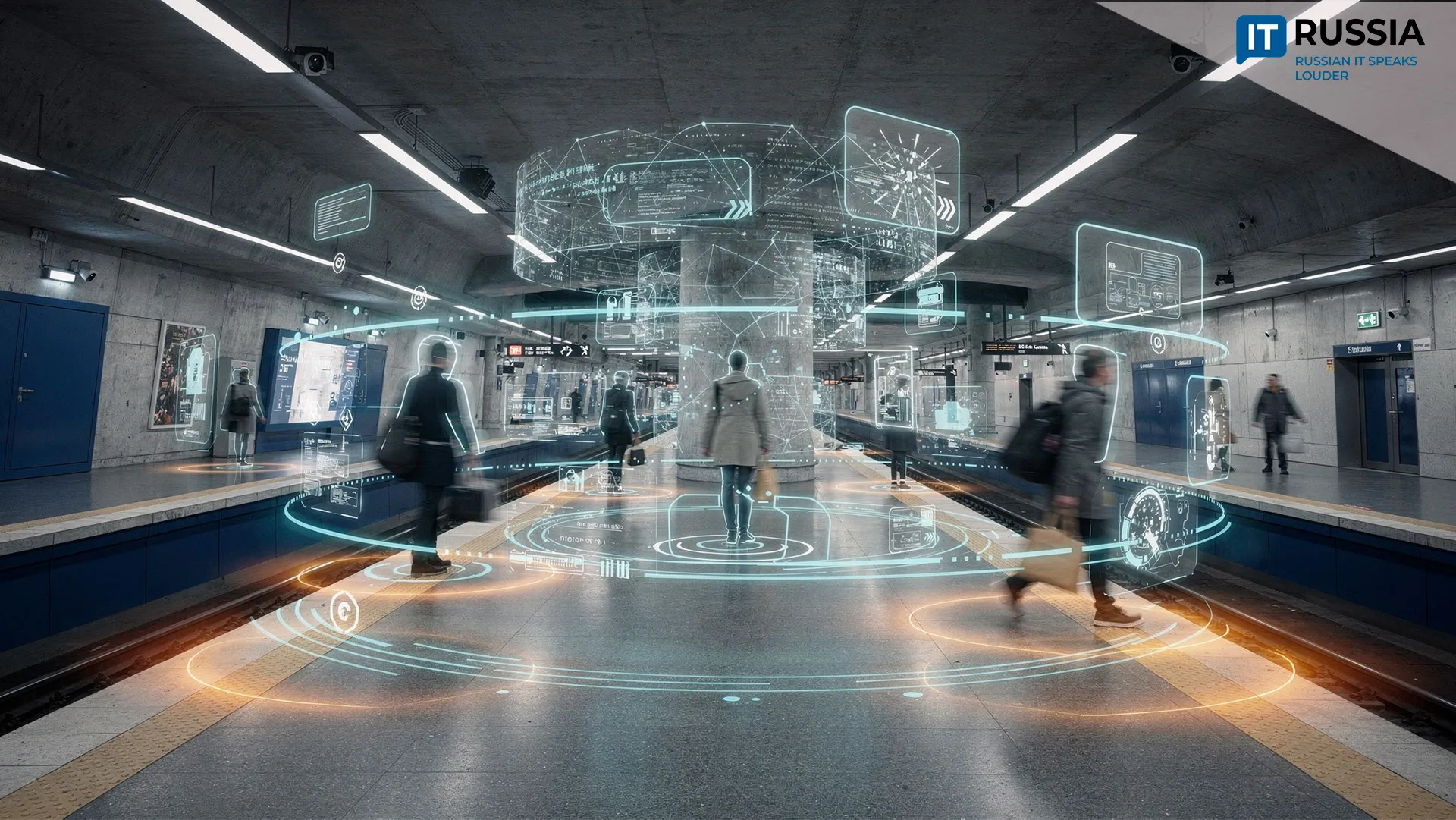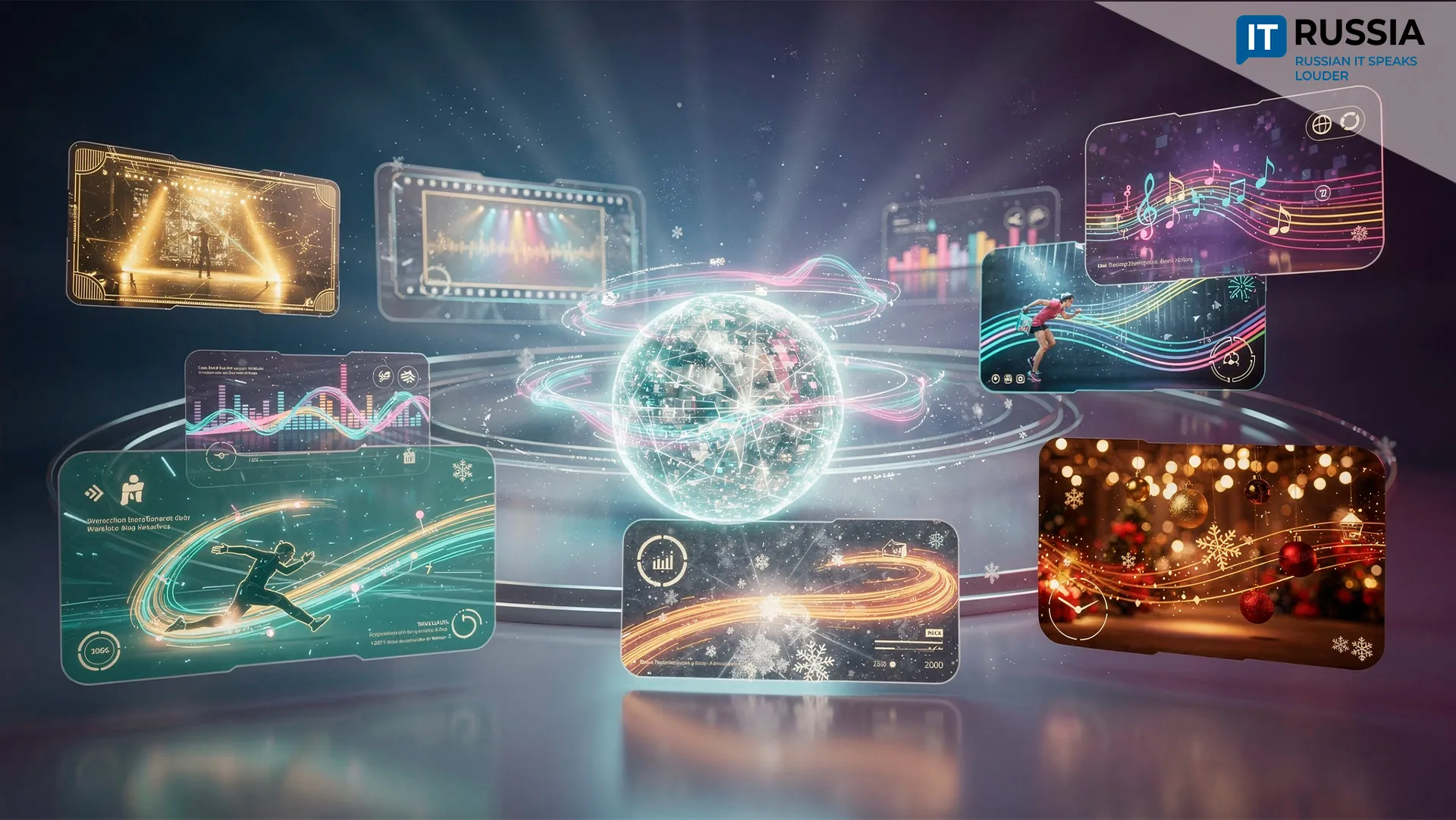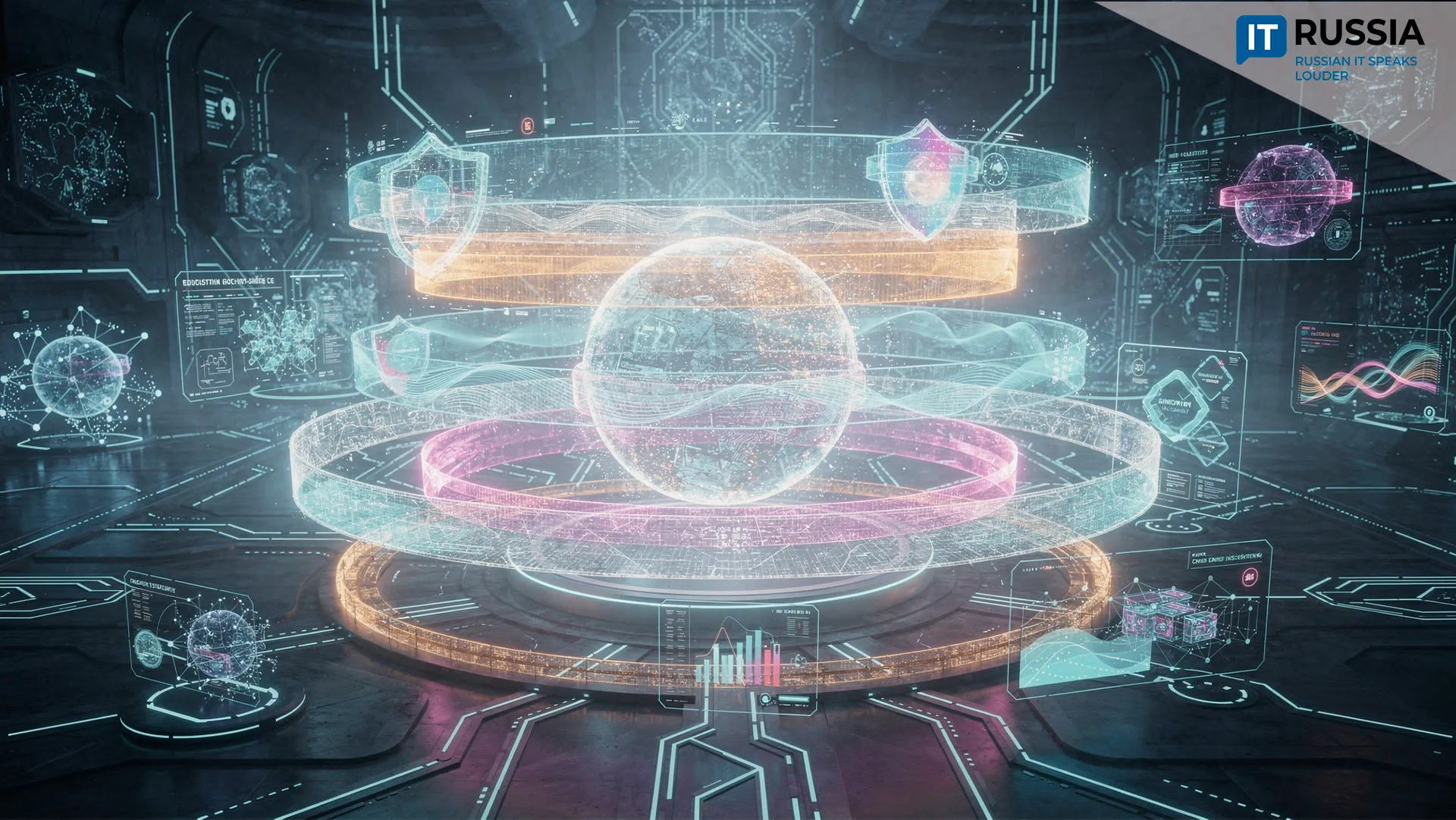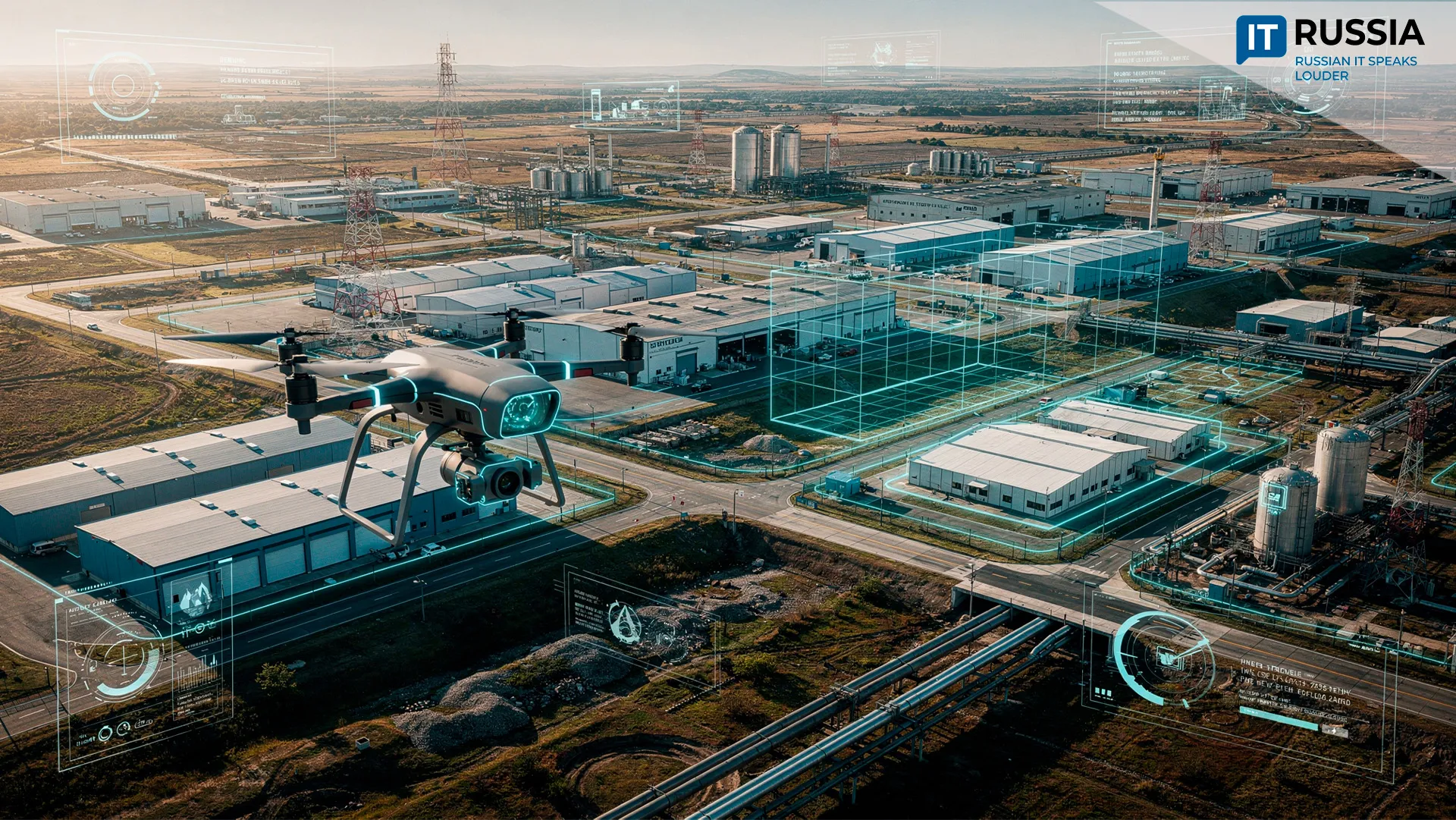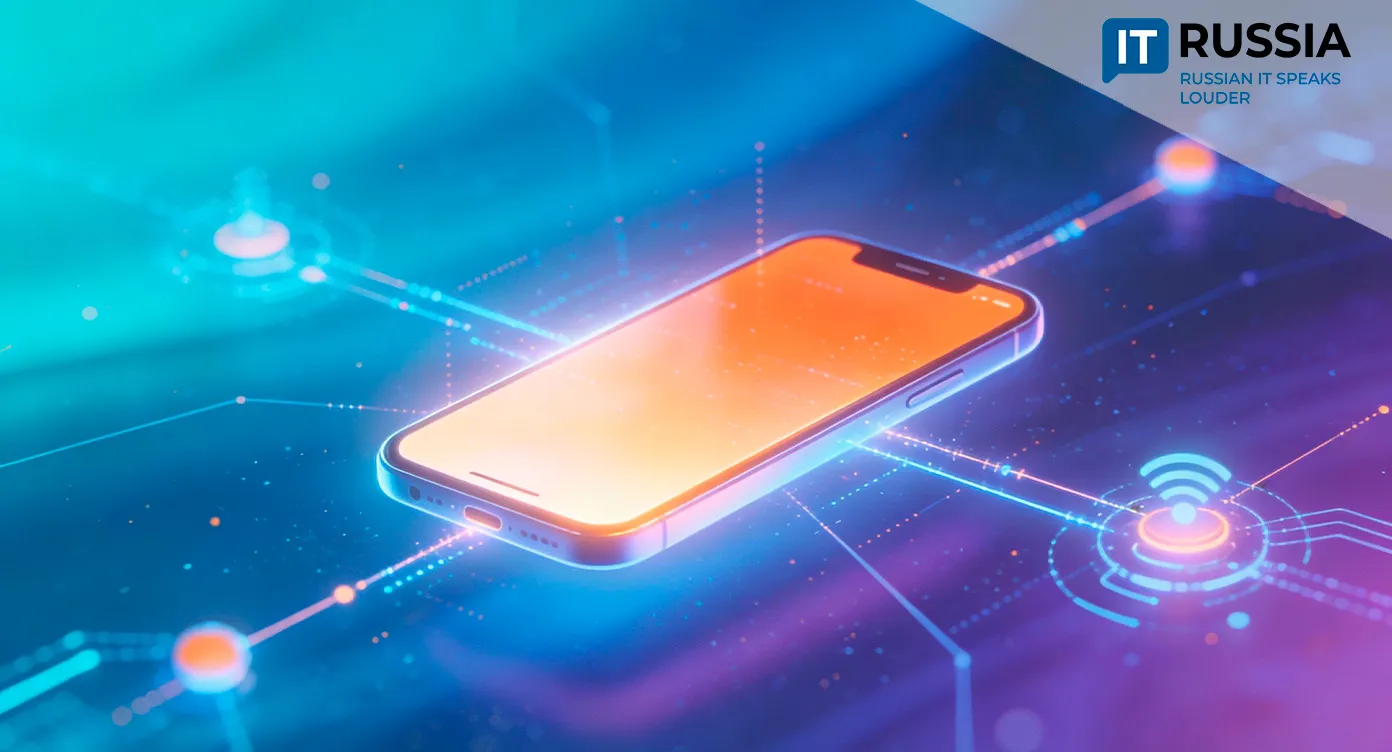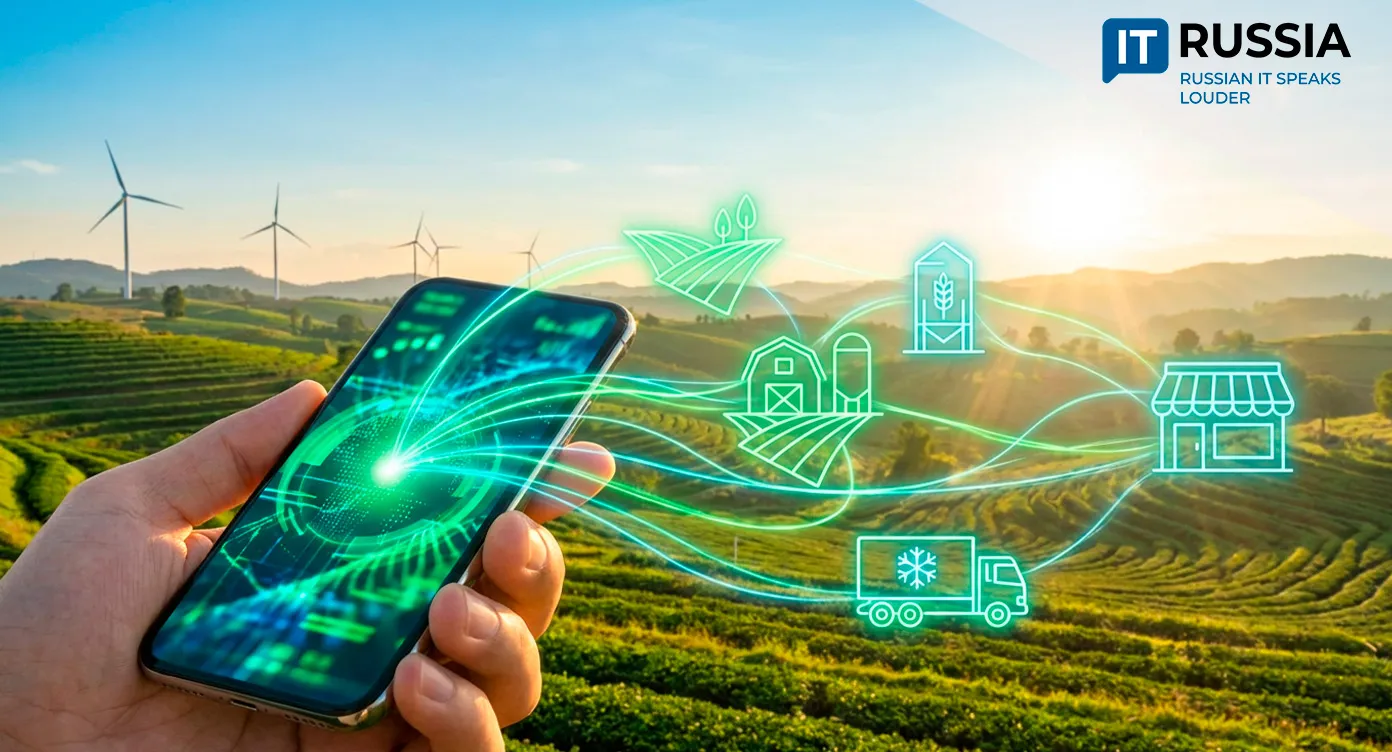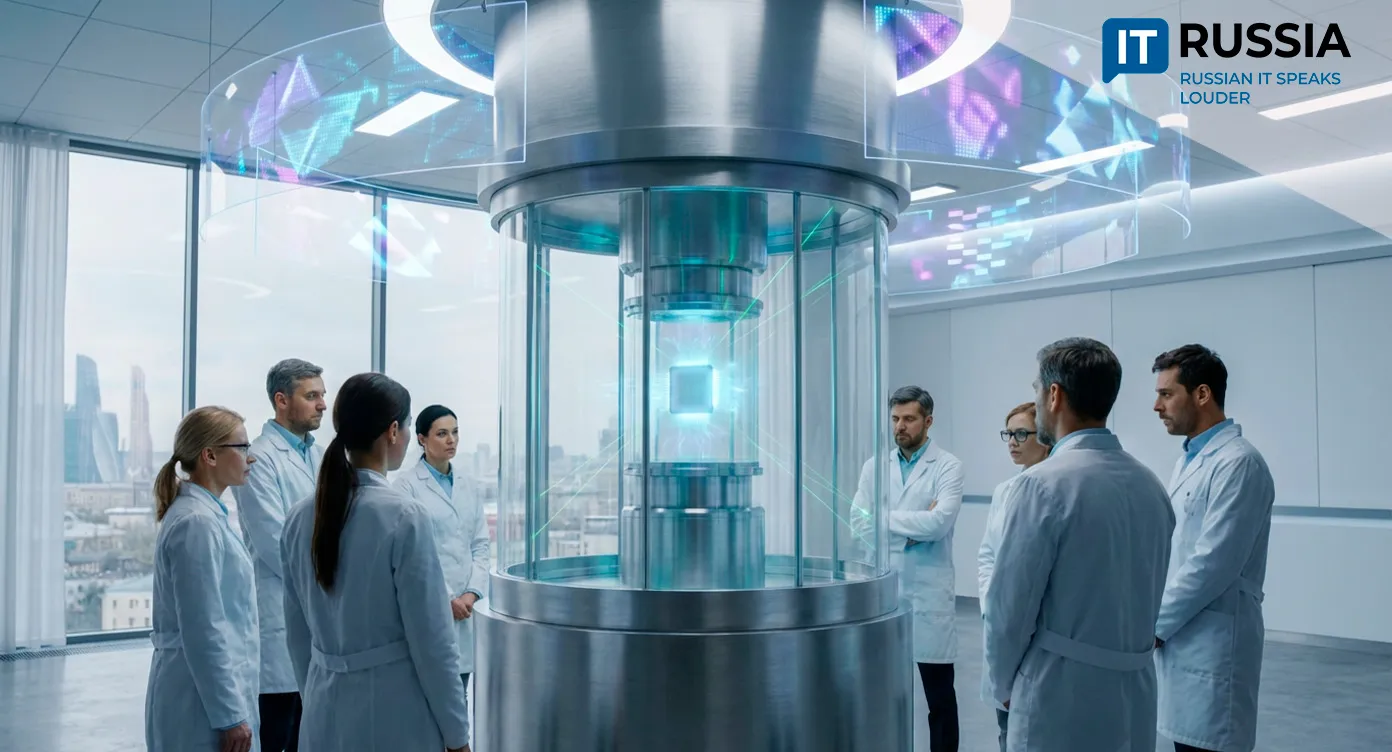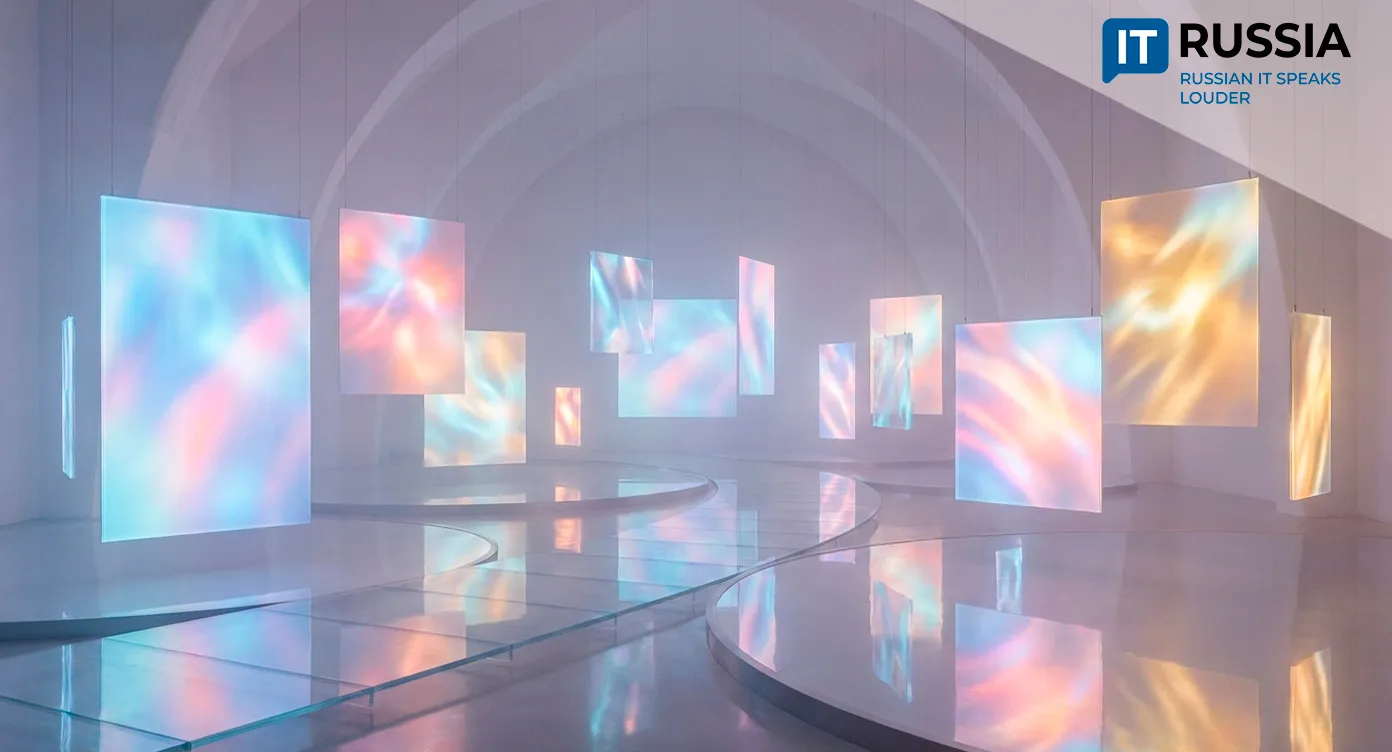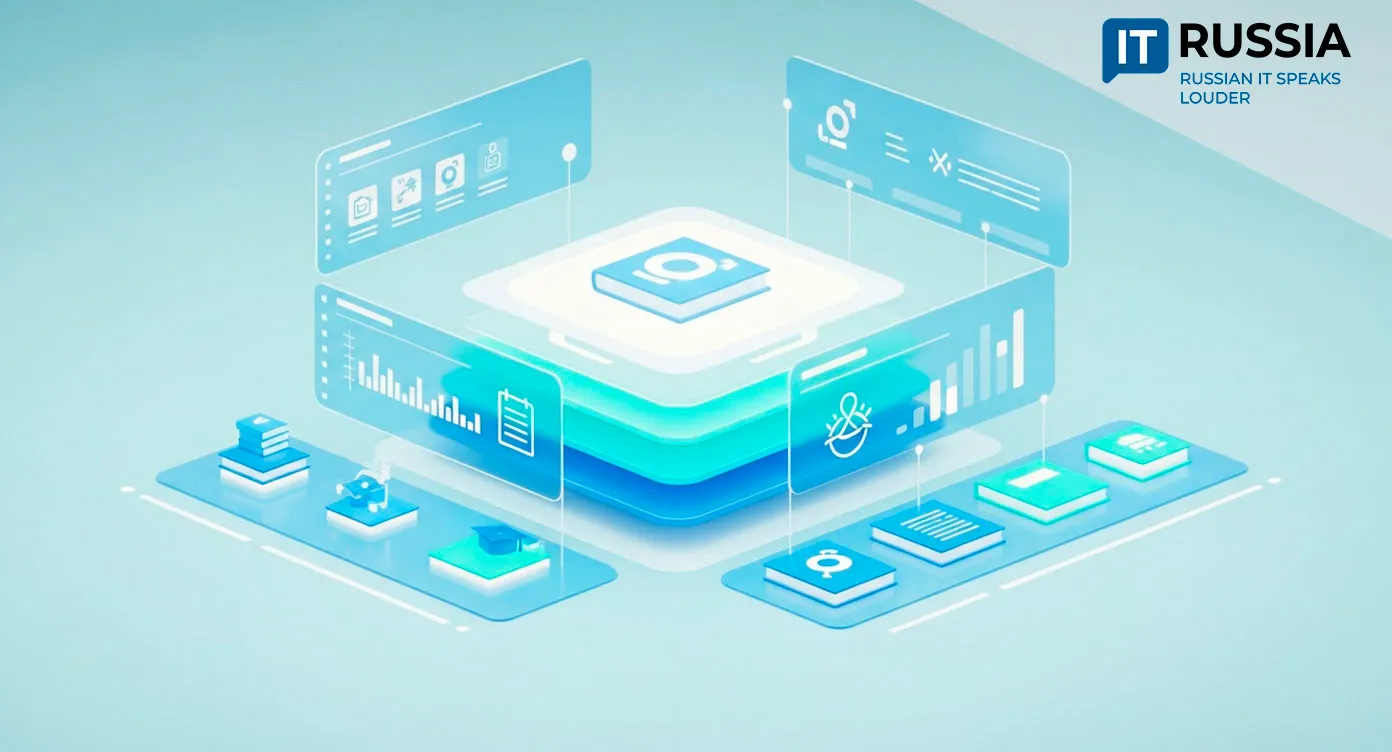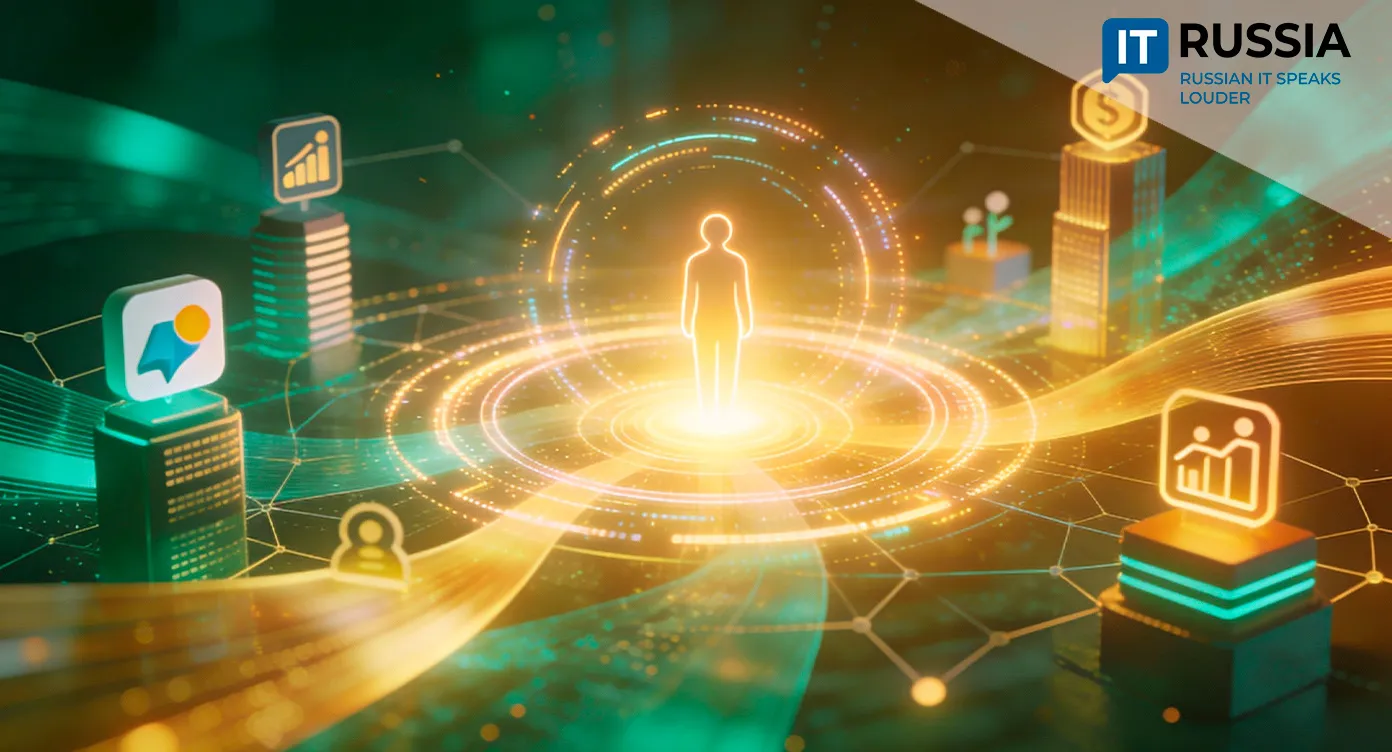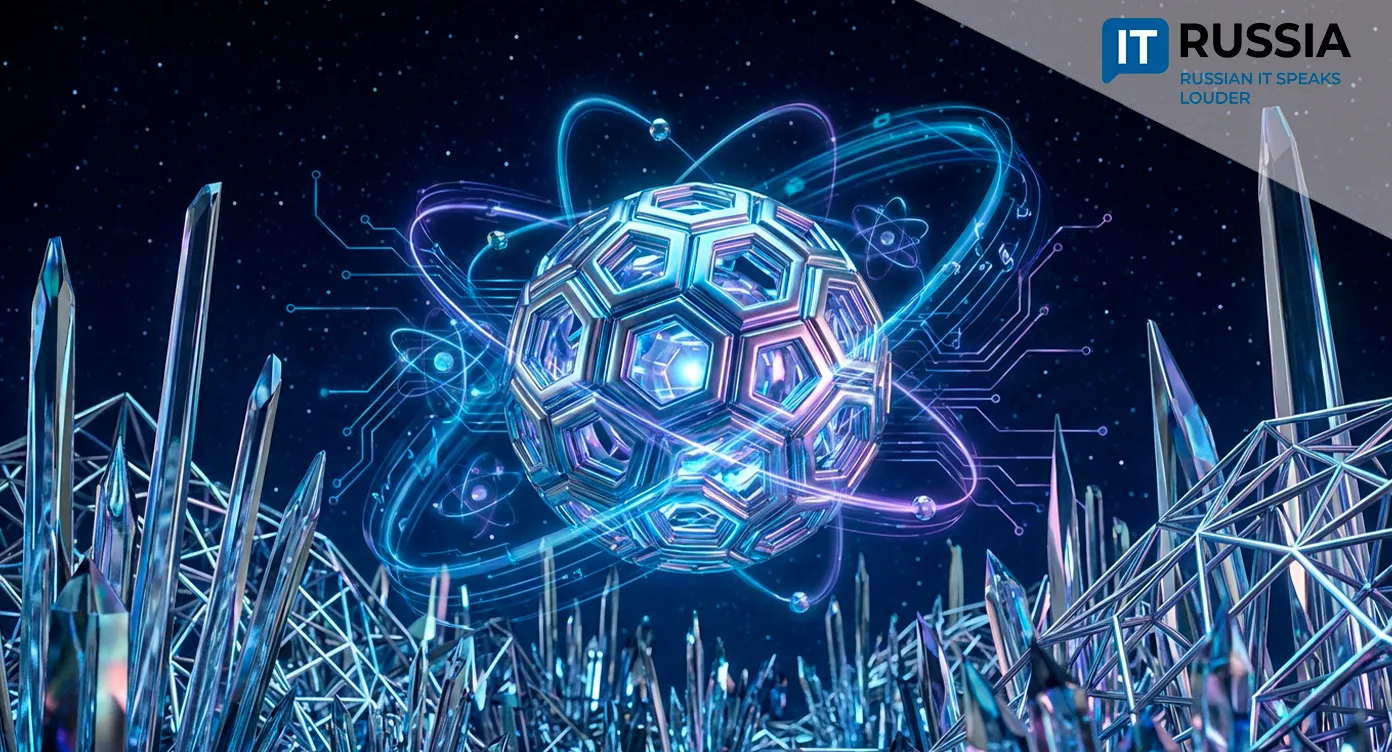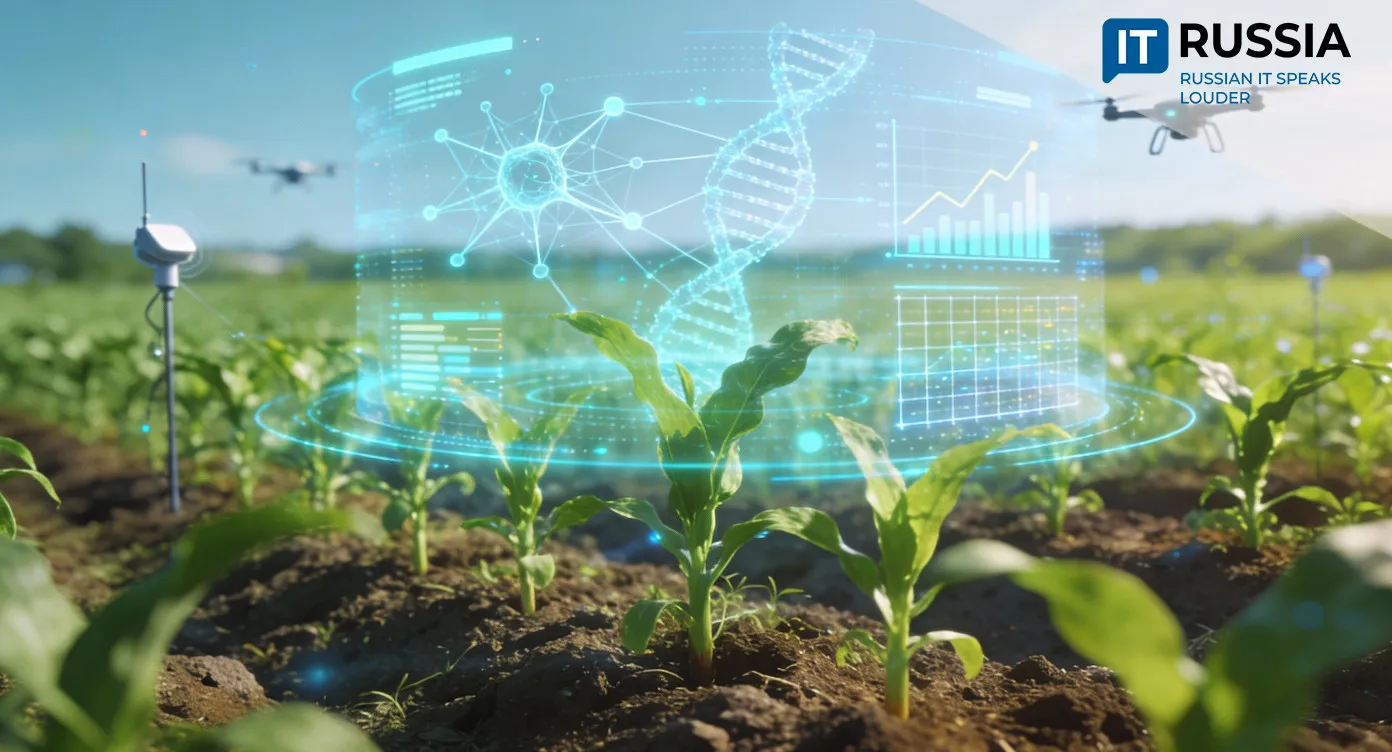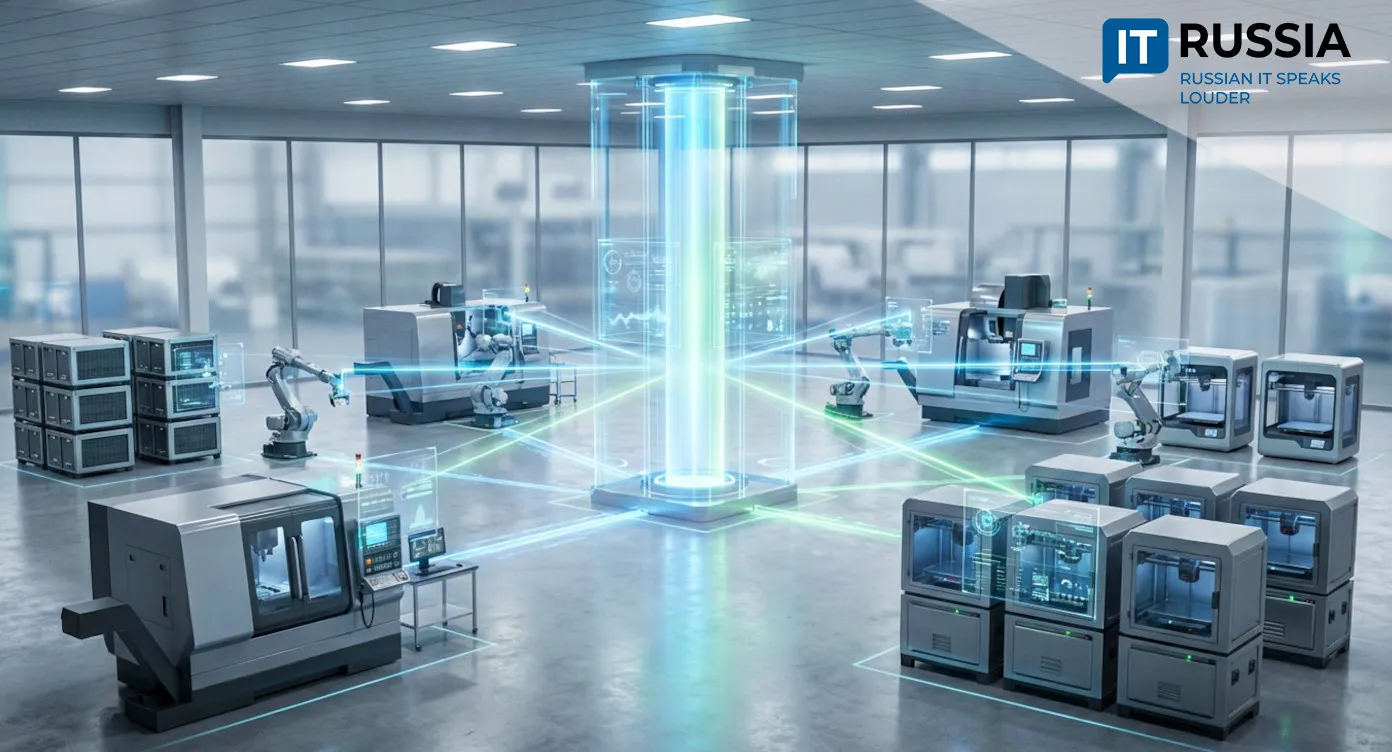Eyes and Ears from Yekaterinburg: A Teenage Inventor Creates a Robotic Guide
Seventeen-year-old Katya Krysanthyeva from the children’s technology park “Quantorium” has designed a robotic guide for the visually impaired. Her invention, already awarded in Sverdlovsk and recognized at the Taiwan Invention Expo, is more than a prize-winning prototype — it is a socially impactful technology that could transform mobility for thousands of people worldwide.
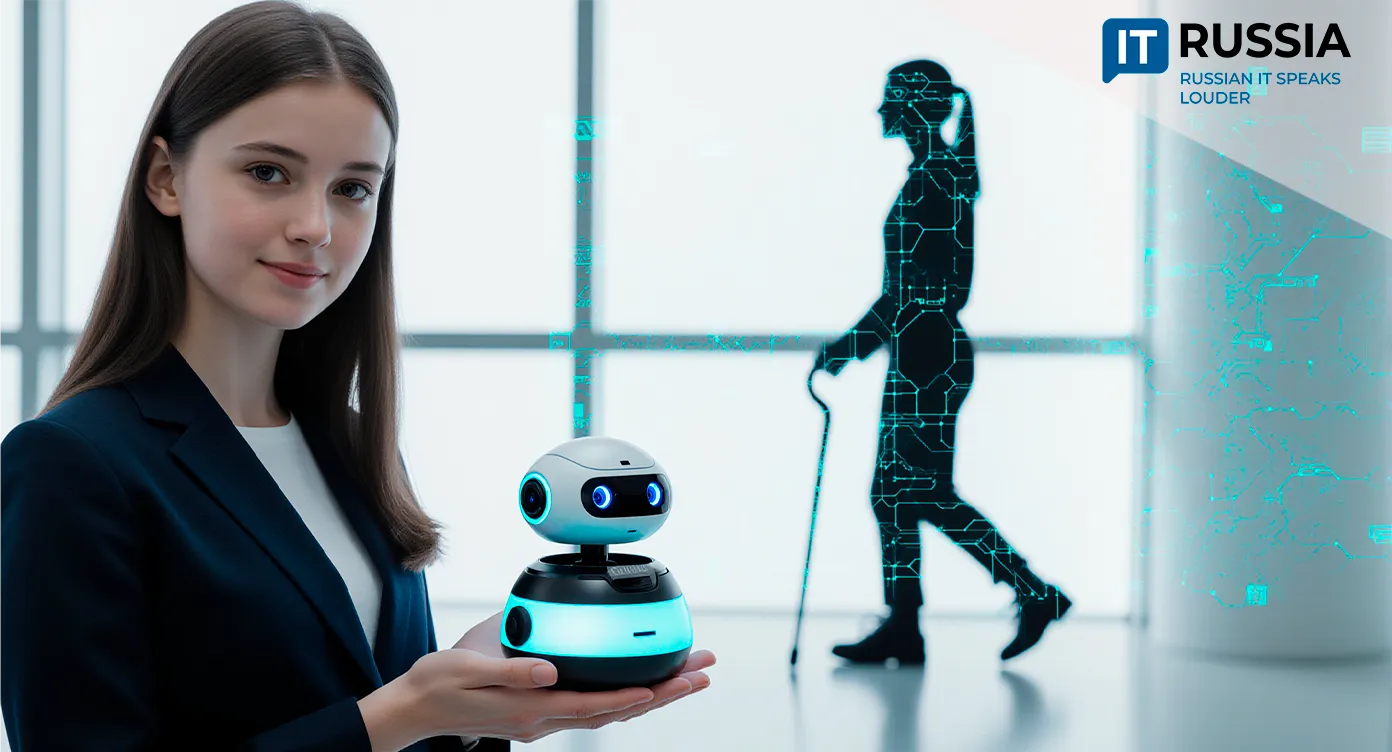
“At First, I Did Everything Myself”
Innovation is not born only in the secret labs of global corporations. Sometimes it takes shape piece by piece, code by code, in a student tech park. A high school student from Yekaterinburg, Katya Krysanthyeva, has built a device that helps people with low or no vision navigate their surroundings.
The robot is equipped with ultrasonic sensors and cameras that analyze the environment, detect obstacles, and map safe routes.
“At first I built the model myself: I printed it on a 3D printer, assembled and wired the electronics, and even wrote the software,” Katya explained.
Her robot is no toy. Its sensors and cameras scan the space around the user, recognize every bump and step, and guide the person safely through their environment. What began as a fifth-grade hobby has grown into a two-year project. Now Katya is focused on refining navigation and enabling the robot to understand voice commands even in noisy urban environments.

Russia’s Next Generation of Innovators
Katya is part of a much wider wave of young innovators across Russia. In the same Yekaterinburg ceremony where she received her award, student Sergey Alekseev was recognized for winning the national Olympiad in social sciences.
In 2025, a total of 208 students and 117 teachers received regional governor’s awards. As Governor Denis Pasler emphasized, “Every year about 300,000 of our students participate in Olympiad stages. This time 135 students from Sverdlovsk reached the finals, and almost every second became a winner or prize-winner.”
The numbers speak for themselves. Russia’s educational ecosystem is building an “army” of young minds, strengthening both the talent pool and national competitiveness.
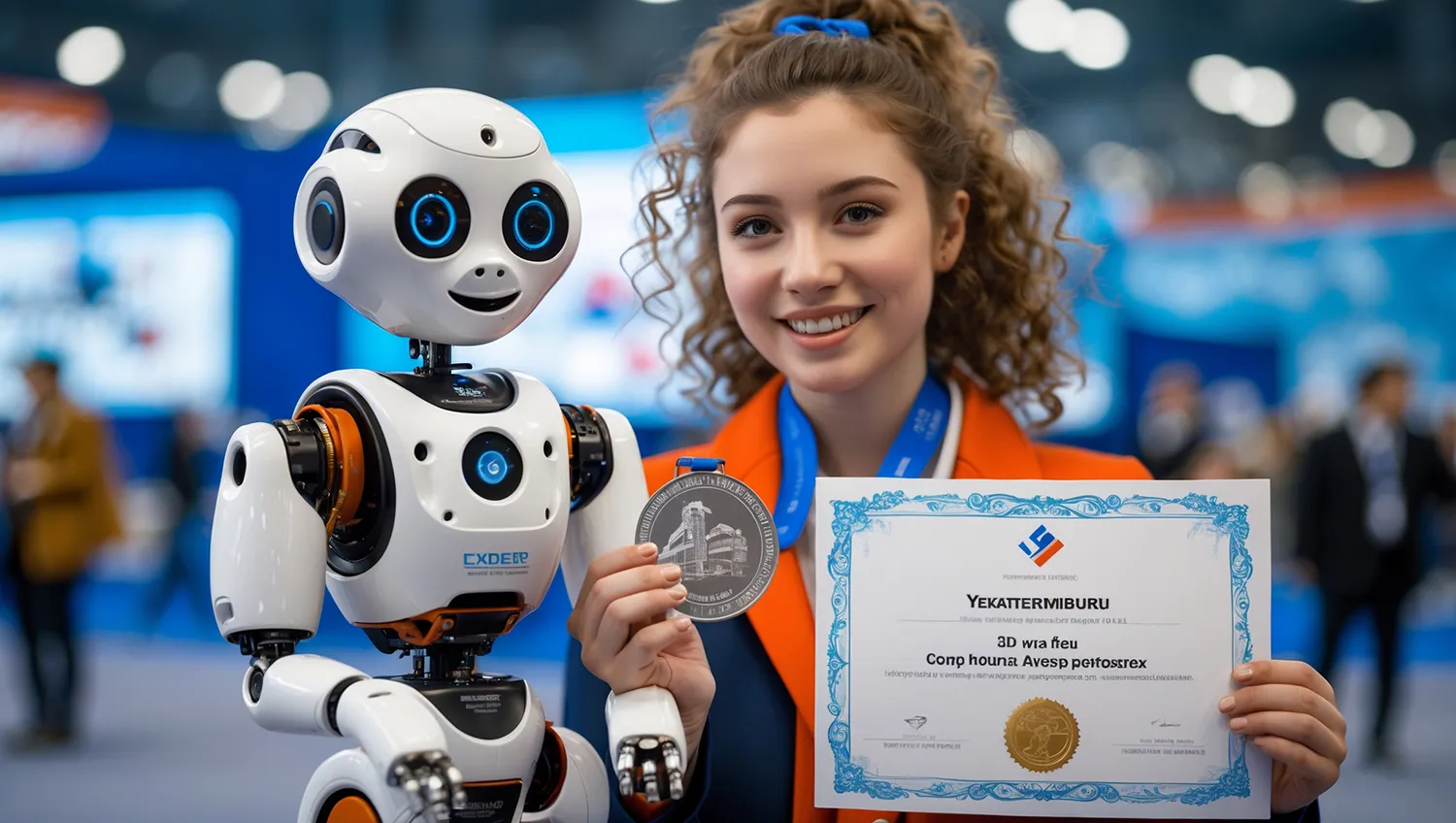
What’s Next for the Robot?
The next step is real-world deployment. Such robots could appear in train stations and airports, becoming indispensable assistants for people with limited mobility. Imagine a traveler with a white cane arriving at a station and being met by an electronic assistant that takes them by the hand and guides them to the ticket counter or train. It is technology at its most humane.
Russia has a strong opportunity to become a global leader in assistive technologies. Krysanthyeva’s project has already been recognized in Taiwan, and it could next find applications in Europe and the United States. Compassion paired with engineering has no borders.
A National Symbol of Innovation
Katya’s achievement is more than a personal success — it mirrors a national trend. Her story proves that young people are capable of creating real-world solutions with lasting social impact, not just gadgets. In robotics, AI, and computer vision, Russia is taking visible steps forward, and much of this work begins in grassroots tech parks like Quantorium.
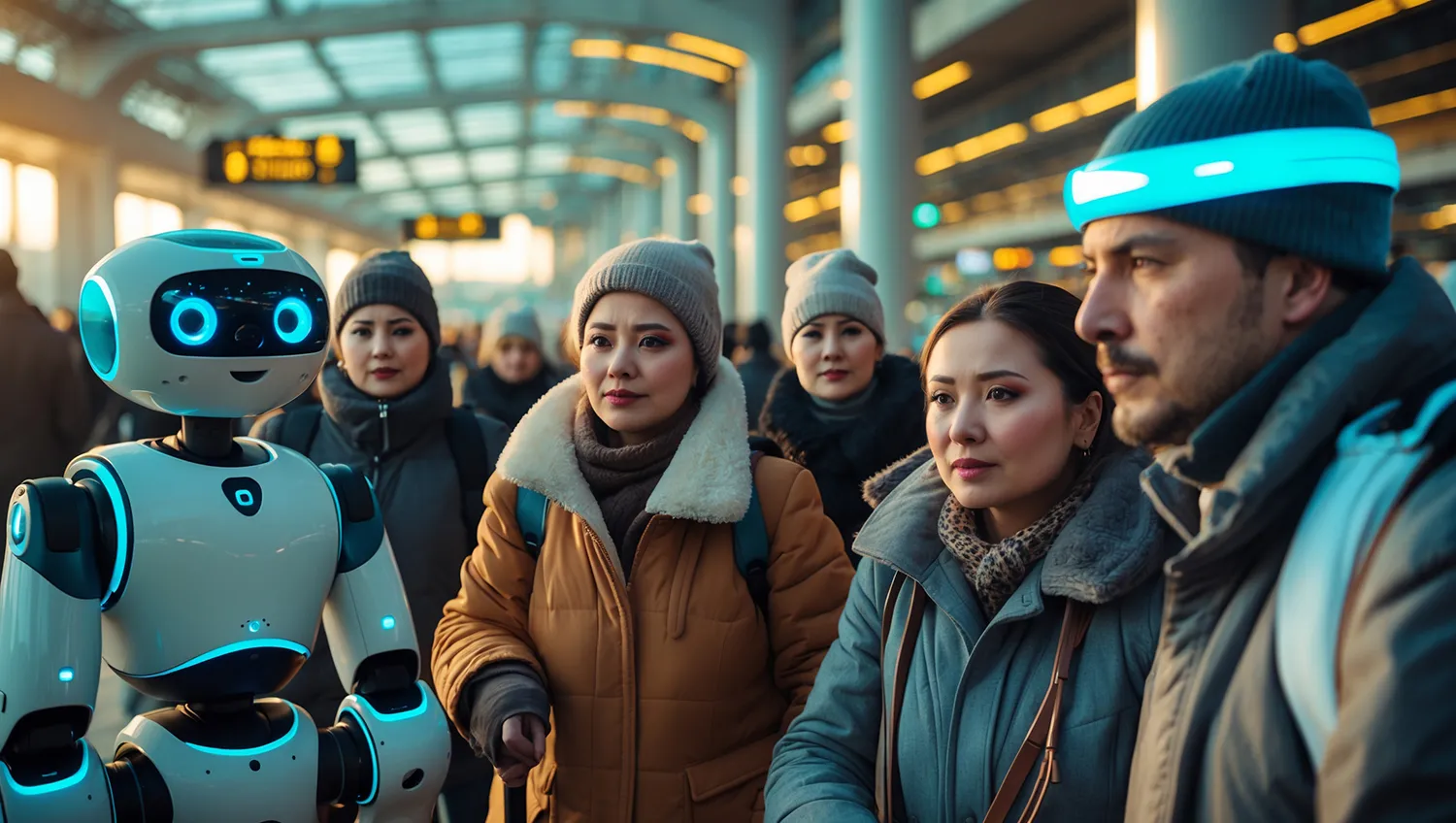
For the visually impaired, this invention could be life-changing. Once mass-produced, the robotic guide will raise autonomy, break down barriers, and provide freedom of movement. It is not just a gadget — it is a key to an inclusive life.
Why This Matters for Russia’s MedTech Sector
The invention also sends a powerful message: Russia is rich not only in natural resources but in socially responsible technologies. Young developers are proving they can compete at top international exhibitions.
The priority now is ensuring continued support so that Krysanthyeva’s idea does not remain just a success story on paper but develops into a product that reaches those who need it most.




